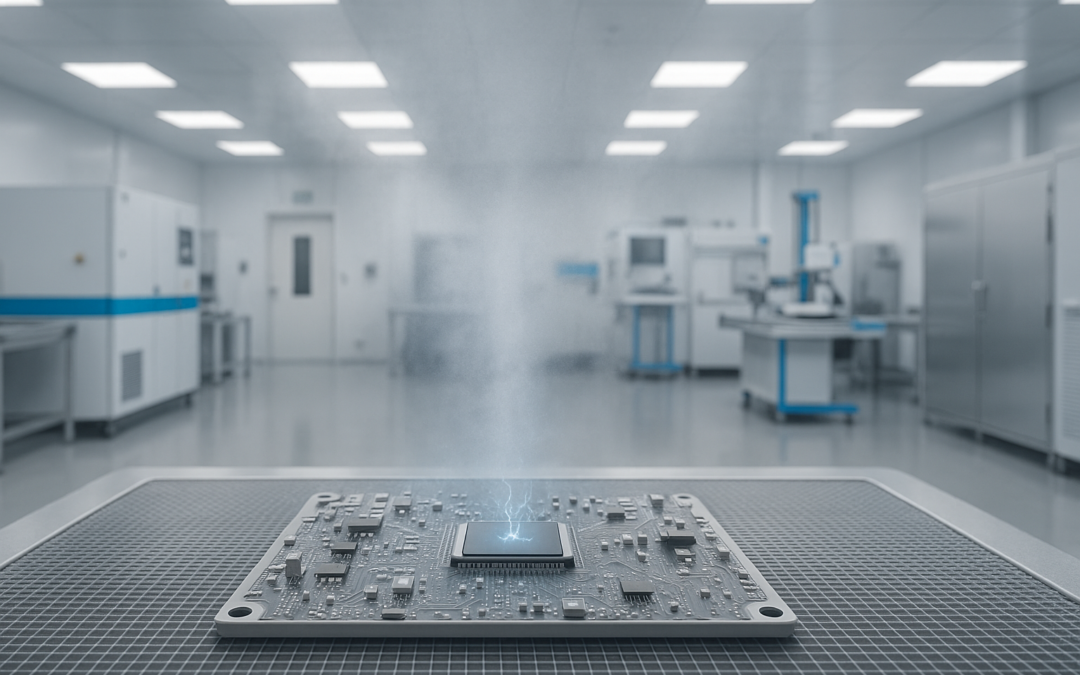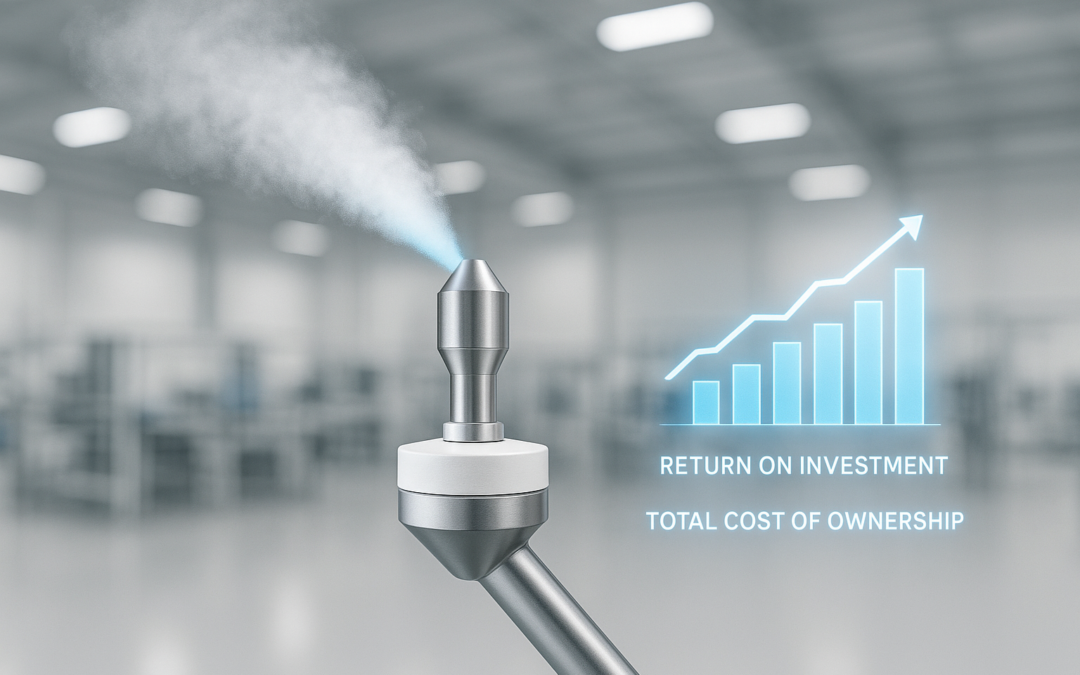If you keep up with our blog, you’re probably well aware of the problems associated with dry air. Exposure to dry air over a prolonged length of time can cause the delicate mucus membranes lining the inside of the nostrils to dry out and crack, resulting in open, infection-prone wounds. Dry air may also contribute to allergies, headaches, nasal inflammation, fatigue, and general discomfort. Furthermore, it increases the risk of electrostatic discharge (ESD) – a phenomenon that occurs when electricity jumps between objects.
Employers should take a proactive approach towards maintaining a suitable humidity in their workplace. Allowing dry air to persist can take its toll on both the workplace and workers, lowering productivity levels while subsequently costing the company money. But what causes dry air in the workplace? And how do you prevent it? There are just a few of the questions we’re going to answer.
Dry air in the workplace is often the result of seasonal changes. When the winter approaches, indoor homes and workplaces tend to exhibit drier air. This is due to the fact that warm air is less dense, meaning it’s unable to hold as much moisture as cool air. I know what you’re probably thinking: isn’t the air cooler during the winter? While the outside air is usually cooler during the winter, the indoor air is warmer (unless you avoid using central heating).
Another common cause of dry air in the workplace is the presence of absorbent material. If new hardwood floors were recently installed, for instance, it could result in drier air. Because hardwood is porous, it’s naturally absorbent and will attempt to absorb moisture from its surroundings, including the air.
On the other hand, however, excessive humidity may have an equally damaging effect on hardwood floors. The excess moisture vapor will settle into the floor, causing it to warp and buckle. A good rule of thumb is to maintain a relative humidity (RH) of 30-40% in workplaces and other indoor environments in which hardwood floors are used.
Certain regions may also experience drier air than others. Even if you take precautions to prevent dry air, you could be at the mercy of mother nature. The good news is that you can combat this problem by using a commercial-grade humidifier. These devices will maintain a proper humidity level in your workplace by monitoring airborne moisture and releasing water into the air when needed.





